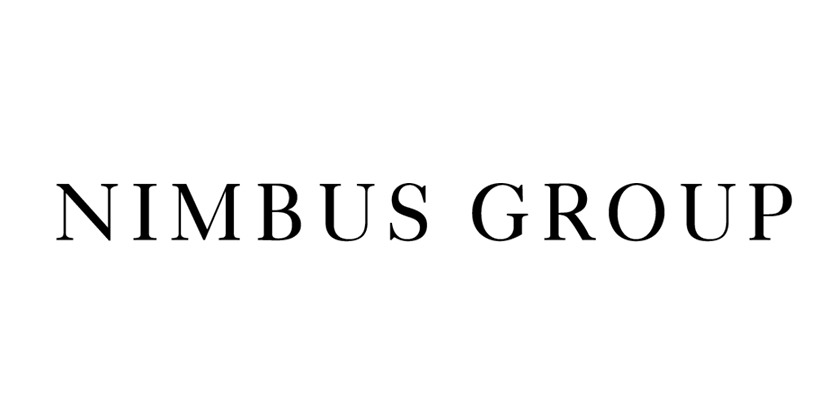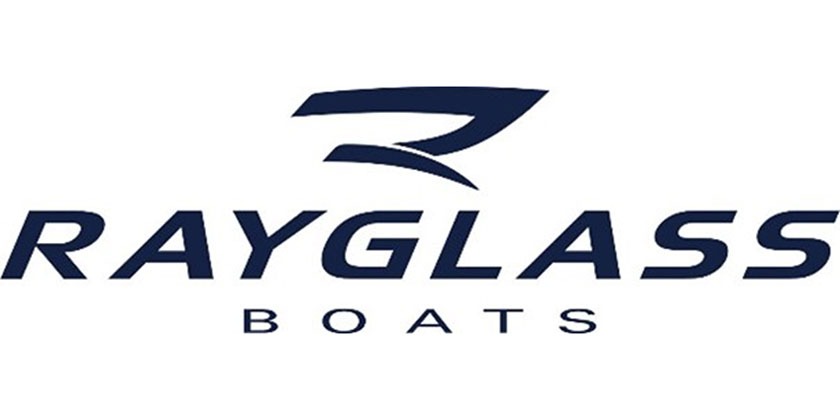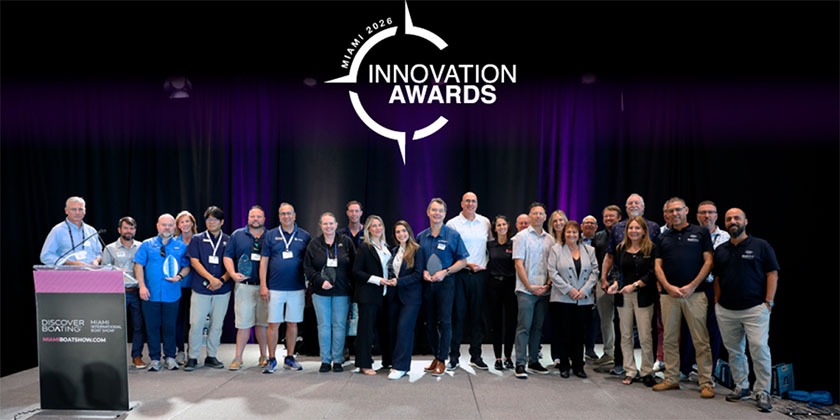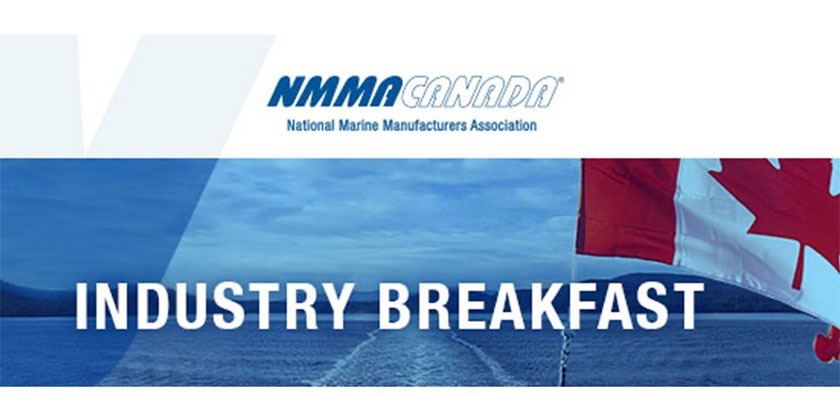BRP REPORTS Q3 REVENUES UP 17.9%
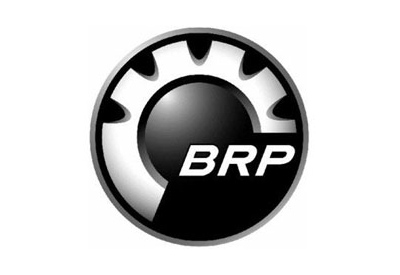
Dec 3, 2019
On November 27, BRP Inc. (TSX:DOO; NASDAQ:DOOO) reported its financial results for the three- and nine-month periods ended October 31, 2019.
“We delivered once again a solid financial performance and our best third quarter ever. Our industry is performing well globally, and we continue to outpace it with double digit growth. As we look ahead, our strong third quarter results allow us to raise the lower end of the guidance for our full year normalized EPS range with expected growth of 19% to 23%,” stated José Boisjoli, President and CEO. “Due to the strength of our strategy and the seamless execution by our people, we are on track to deliver industry-leading results for FY20. Our efforts are paying off and we don’t intend to ease up,” he added.
Highlights for the Three- and Nine-Month Periods Ended October 31, 2019
Revenues increased by $249.4 million, or 17.9%, to $1,643.6 million for the three-month period ended October 31, 2019, compared with $1,394.2 million for the corresponding period ended October 31, 2018. The revenue increase was mainly due to higher wholesale of Year-Round Products and Seasonal Products.
The Company’s North American retail sales for powersports vehicles and outboard engines increased by 21% for the three-month period ended October 31, 2019 compared with the three- month period ended October 31, 2018. The increase was driven by higher wholesale of Year- Round Products and snowmobile.
Gross profit increased by $85.1 million, or 23.9%, to $441.9 million for the three-month period ended October 31, 2019, compared with $356.8 million for the corresponding period ended October 31, 2018. The gross profit increase includes an unfavourable foreign exchange rate variation of $4 million. Gross profit margin percentage increased by 130 basis points to 26.9% from 25.6% for the three-month period ended October 31, 2018. The increase of 130 basis points was primarily due to a higher volume of Year-Round Products and PWC sold and from a favourable mix in snowmobile and SSV. The increase was partially offset by higher sales program costs and by higher commodity and production costs.
Operating expenses increased by $34.2 million, or 17.1%, to $233.9 million for the three-month period ended October 31, 2019, compared with $199.7 million for the three-month period ended October 31, 2018. This increase was mainly attributable to continued product investments.
Revenues increased by $698.9 million, or 18.7%, to $4,436.8 million for the nine-month period ended October 31, 2019, compared with $3,737.9 million for the corresponding period ended October 31, 2018. The revenue increase was primarily attributable to higher wholesale of Year- Round Products and a favourable foreign exchange rate variation of $22 million.
The Company’s North American retail sales for powersports vehicles and outboard engines increased by 13% for the nine-month period ended October 31, 2019 compared with the nine- month period ended October 31, 2018, mainly due to an increase in Year-Round Products, partially offset by lower retail of outboard engines.
Gross profit increased by $151.8 million, or 16.5%, to $1,070.3 million for the nine-month period ended October 31, 2019, compared with $918.5 million for the corresponding period ended October 31, 2018. Gross profit margin percentage decreased by 50 basis points to 24.1% from 24.6% for the nine-month period ended October 31, 2018. The decrease was primarily due to higher commodity, production and distribution costs and higher sales program costs, partially offset by higher volume of Year-Round Products sold and a favourable product mix of Seasonal Products.
Operating expenses increased by $91.0 million, or 15.9%, to $663.4 million for the nine-month period ended October 31, 2019, compared with $572.4 million for the nine-month period ended October 31, 2018. The increase was mainly attributable to higher expenses to support for the launch of various products such as the Can-Am Ryker, continued product investments, costs related to the modernization of information systems and additional operating expenses resulting from acquisition of companies in the Marine segment, partially offset by lower variable employee compensation expenses.







